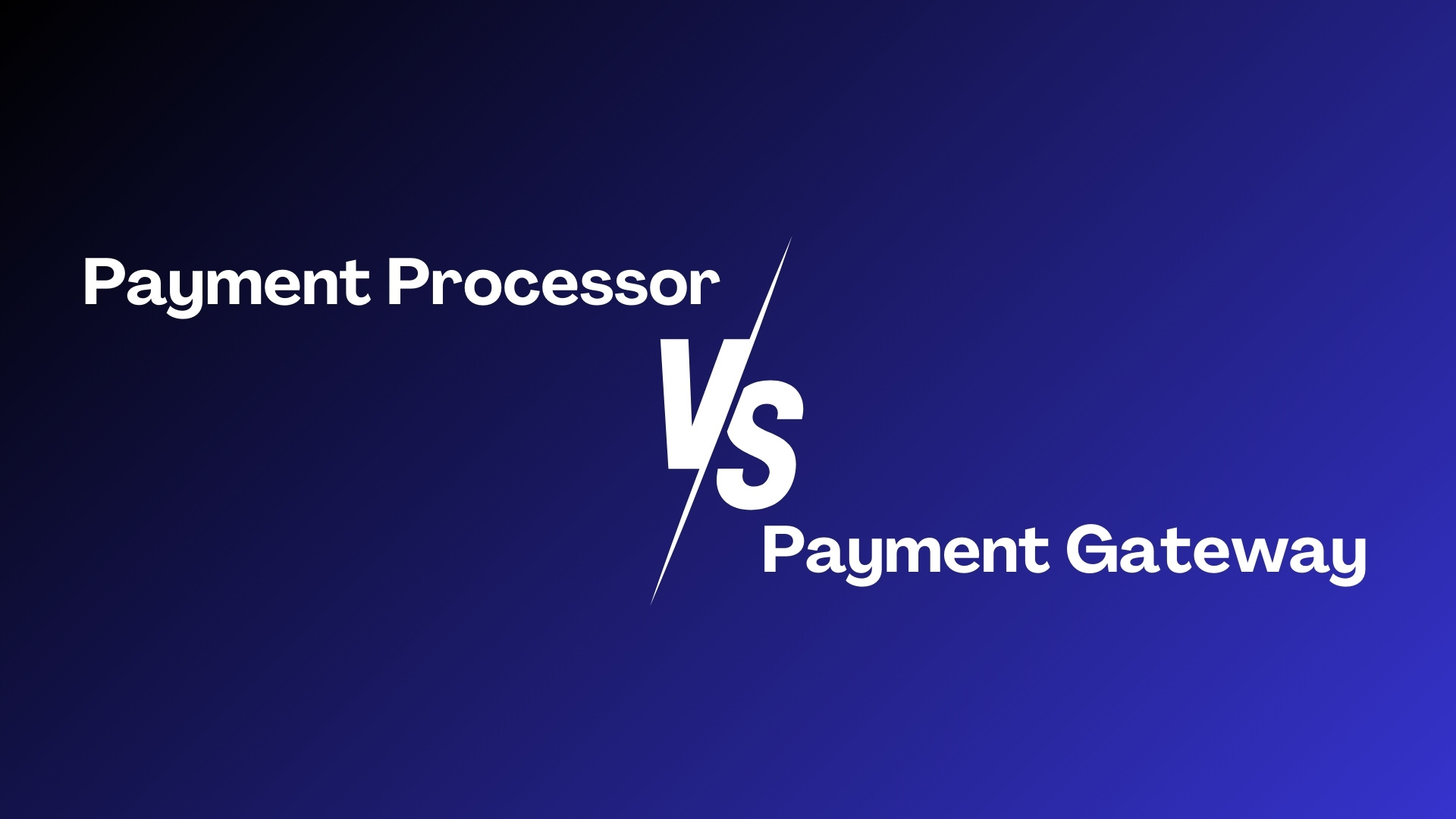
Discover the difference between a payment processor and a payment gateway and how our solutions fit into the payment ecosystem.
The card payments world is full of specific terms that overlap and can be difficult to understand.Payment processor and payment gateway are two examples that often get confused with each other. They fall into the black box of payments, somewhere between a customer making a payment and the money landing in the business’s bank account.
In this article, we’ll open up this black box and help you understand the difference between a payment processor and a payment gateway, their roles in the payments flow, and how a solution that covers both can benefit your business.
What is a payment gateway?
A payment gateway is a service that helps businesses initiate payments.
It provides them with various channels and services for their customers to make payments online. Gateways can be provided by a business’s bank, or exist as a separate service that connects to one or more payment processors. However, not all payment gateways process all types of payments. Some only focus on e-commerce payments while others focus on in-person payments. To reduce integration complexity and future-proof your business, it’s important to choose a gateway that processes multiple types of payments.
What is a payment processor?
A payment processor is a company that processes payments on behalf of a business’s bank. It usually operates in the background, making sure processed payments comply with rules and standards in the country that the business operates in. After receiving payment information from a payment gateway, the payment processor communicates it directly to the payment network and authorizes and clears/captures the transaction.
What’s the difference between a payment gateway and a payment processor?
A payment gateway helps businesses initiate payments and a payment processor handles the technical aspects of payment processing on behalf of an acquiring bank. A payment gateway and payment processor are usually two separate systems. However, having both in one can increase efficiency and reliability of the payment process and improve speed of innovation.
How payment processing works as a whole
Although payment processing is over in a matter of seconds, quite a few steps happen during this time.
Let’s start from the beginning:
- After a payment is initiated, the business sends the customers payment information (e.g. cardholder details) to the payment gateway.
- Thepayment gateway transforms the information in adherence to proprietary standards and shares it with the local payment processor.
- The payment processor shares the information with the card payment network, which shares it with the customer's bank, which performs several checks, e.g. if there are enough funds in the account.
- Based on the outcome of the checks, the customer’s bank tells the card network whether the transaction is approved or declined.
- The card network passes the message to the payment processor, which passes it to the payment gateway, which communicates it back to the business and customer to complete the purchase.
- The transfer of funds goes from thecustomer’s bank account to the acquiring bank and then to the business’s bank account and is typically initiated before the end of the day.
Opening the black box of payments
Now you have a better understanding of the payment processing flow and how funds move from your customer’s account to your business bank account.
Here is a summary of the most important takeaways:
- Payment gateway: The party that initiates a payment
- Payment processor: The party behind the gateway that connects to various card networks
- Acquiring bank: The party that settles the money to the business’s bank account.